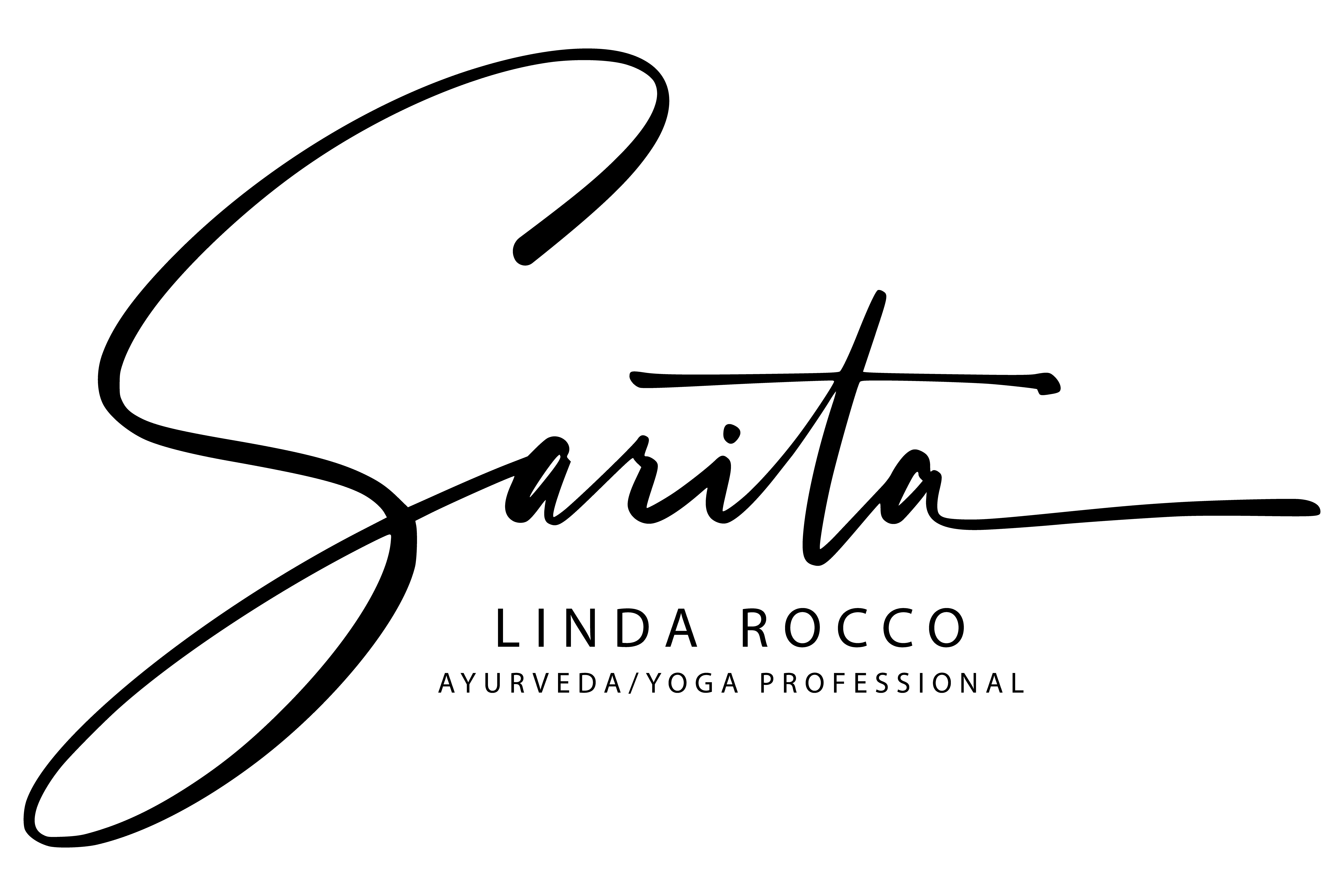BACKBEND Theme
- Sarita-Linda Rocco

- Jul 23, 2021
- 3 min read
July/August 2021 Svaroopa Yoga Theme

A healthy spine truly is the key to a vibrant life. You are as young as your spine is flexible.
Your spine is your central column of energy and support. It houses your spinal cord. Think of it this way – your brain is not just in your head. You have so much brain that it flows all the way down your spine. Nerve endings exit from every one of your spinal bones called vertebras. Your central nervous system is the highway that carries information to every cell, muscle fiber, and organ in your body. A fluid spine is key for a clear road of communication throughout your body – an open pathway for oxygen and nutrients (prana) to flow.
When your spine becomes rigid, your posture rounds forward. Backbends are one of the antidotes! It is the opposite of the way you spend most of your day. Too much sitting, computer work, phone checking and just plain poor posture. The problem lies in the lower spine ending up in a perpetual forward bend, as well as in the upper spine through the ribcage (behind your heart) becoming super tight.
Backbends can be the hardest poses to do, yet they are the most important direction of movement for you to learn in any style of yoga. They require proper warm up to be effective. The very tight areas in your lower spine and behind you heart can be achy once we do get them to move, so you can become a little uncomfortable as you progress through the sequences. Your home practice consistency is very important during this theme! Use the video library to support your home practice.
This theme requires you to use your arms, legs, and abs strongly, so you don’t tighten your spine. It’s a working theme that is rigorous (not vigorous). The good news is, even if you aren’t adept at the poses yet, you still get a tremendous amount of benefit. You’ll feel longer, taller, and much more open.
There are 2 types of backbends you’ll be practicing: lower spine & upper spine In Svaroopa yoga, we like to do one or the other of the backbends, rather than both together, so you don’t strain and tighten (without even realizing it).
One of the key principles you’ll learn, and experience is that an effective lower spine backbend begins in the front of the thigh, and then continues through the waist area. Then you’ll experience the length of your sacrum, which feels amazing, and means you are doing a REAL backbend. Your hop crease will “yawn” open, which may even indicate you are releasing your tailbone and sacrum while doing a backbend!
If the front of your thigh is short and working, your sacrum muscles will also be working, which keeps your sacrum short and mounded (ouch!), and the backbend will crunch in your low back (ouch again).
The backbend in your upper spine depends on a release in the vertebrae behind your heart. This always depends on an effective lower spine release. When the vertebrae behind your heart begin to move, your lower neck vertebrae will release, which feels fantastic! This is the key to long-term improvement in your neck and shoulders.
As backbends open your chest and upper body, they enliven your heart chakra (Anahata) allowing you to open more fully to universal (and personal) love in your life. Backbends can sometimes release stored emotions like frustration, fear, anger, sadness as well as joy and love, so it’s not unusual to feel some of this again as it works through your body. Better out than in! Go safely and mindfully with your practice and enjoy the benefits of this release. Practice with core opening, smart support and remember to breathe.
BENEFITS OF BACKBENDS:
Improves posture
Strengthens back muscles
Opens chest and shoulders
Stretches respiratory diaphragm
Helps you breathe better
Stimulates digestion
Counters depression
Clears mind and opens heart
Boosts energy
Alleviates fear
Aids in overcoming emotional challenges

Comments